Dan Barker's Blog, page 9
September 19, 2019
The Lifetime Tithe of $680,000
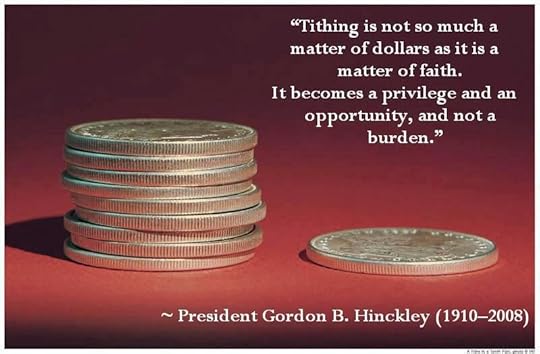 http://media-cache-ec0.pinimg.com/ori...
http://media-cache-ec0.pinimg.com/ori...Which early church member paid a lifetime tithe of $680,000?a. Brigham Youngb. Heber C. Kimballc. Orson F. Whitneyd. Jesse Knight Yesterday’s answer:B A blessing to restore sightFrom the life of Matthew Cowley: Began a six-year term as mission president in New Zealand. Maoris called him “Tumnake,” or great leader.”On one occasion Cowley was asked to name a fourteen-month-old child and give it a blessing. Matter-of-factly the father added, “While you are giving it its name, give it its sight.” The child was born blind. . . .“Well, I was scared. I never had that faith. The thing came to me suddenly like lightning out of the blue. But I went on and blessed the baby with a name. It was the longest blessing I think I have ever given. I was using all the words I could think of and had ever thought of. I was trying to get enough inspiration—enough nerve, if you want to call it that, to bless that child with its vision. I finally did.“Eight months later I saw the child, and the child saw me. . . Never let this simple faith get away from your life, never let it get away from you. It is the most precious thing you have in your life.”Richard S. Van Wagoner and Steven C. Walker, A Book of Mormons, (Salt Lake City: Signature Books, 1982), 80.
Published on September 19, 2019 03:30
September 18, 2019
A Baby Blessing, and More
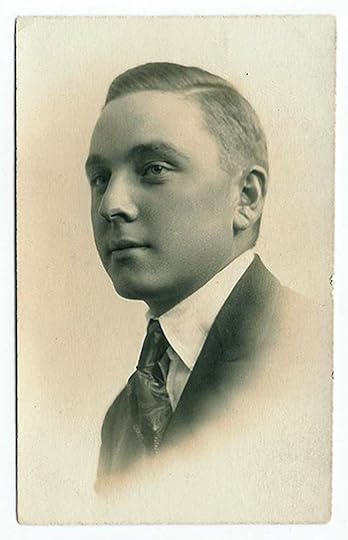 Matthew Cowleyhttps://www.lds.org/bc/content/ldsorg...
Matthew Cowleyhttps://www.lds.org/bc/content/ldsorg...When Matthew Cowley was the Mission President of the New Zealand mission, he was asked to provide a baby blessing and what else?a. Patriarchal blessingb. A blessing to restore sightc. A priesthood ordinationd. Baptism for healingYesterday’s answer:A 1 dayFrom the life of George Q. Cannon: On one day’s notice Cannon was sent to preside over the Eastern States Mission, with the special charge to influence Eastern editors against the rising “anti-Mormon feeling.” At the time, Cannon’s “family had no place to live in . . . I had not time to do anything in relation to a house and they were left to shift for themselves.”Richard S. Van Wagoner and Steven C. Walker, A Book of Mormons, (Salt Lake City: Signature Books, 1982), 51.
Published on September 18, 2019 03:30
September 17, 2019
George Q. Cannon’s Mission Call
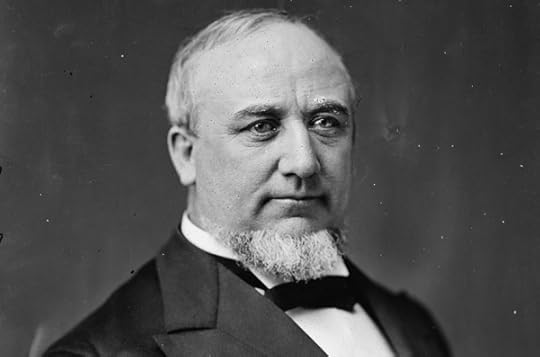 George Q. Cannonhttp://d1luj6bq3j7ijk.cloudfront.net/...
George Q. Cannonhttp://d1luj6bq3j7ijk.cloudfront.net/...How much time did George Q. Cannon have to prepare for his call to be the Mission President of the Eastern States Mission?a. 1 dayb. 1 weekc. 1 monthd. 1 yearYesterday’s answer:A Molasses and corn breadFrom the life of Wilson A. Shumway: In 1880 Grandfather Shumway received a call to go to Arizona, and my father and his family at that time, consisting of a wife and two children, preceded him with the cattle, arriving at the small settlement of Concho, Apache county, in the spring of 1881. Here my parents lived for two years, the poorest of the poor pioneers, in a dugout for a house and living on barley bread for a time, but later they were able to build a small log cabin and provide themselves with cornbread and molasses, sandwiched with flour bread on Sundays.
Andrew Jenson, LDS Biographical Encyclopedia (Salt Lake City: Andrew Jenson History Company, 1914), 221.
Published on September 17, 2019 03:30
September 16, 2019
The Sunday Dinner
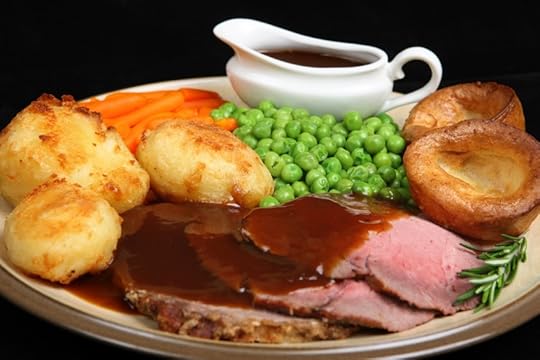 http://www.healthista.com/wp-content/...
http://www.healthista.com/wp-content/...Wilson Shumway states that his grandfather Shumway, when called to Arizona in 1880 was the poorest of the Concho pioneers. What did he say his grandfather's family ate for dinner on Sundays?a. Molasses and corn breadb. Snared Jack rabbits and corn breadc. Molasses over cactusd. Rattlesnake and breadYesterday’s answer:C 1903From the life of Joel Ricks: Elder Ricks has always been close student of the Book of Mormon and of American antiquities where they have a bearing on Nephite history. During the winter of 1903-4 he visited South America and traveled over the greater part of what he believes to be the Land of Zarahemla in order to familiarize himself with the country formerly occupied by the Nephites. While there he visited the sites of many old cities, temples, etc., and made a careful study of the geography of the country. On his return to Utah he published the first descriptive map of Nephite lands ever published by a member of the Church. He has at other times visited Arizona, Mexico and various parts of the eastern States in pursuance of his Book of Mormon studies and has at times written articles for the local periodicals on these topics. Andrew Jenson, LDS Biographical Encyclopedia (Salt Lake City: Andrew Jenson History Company, 1914), 70.
Published on September 16, 2019 03:30
September 15, 2019
The First Mapping of the Book of Mormon
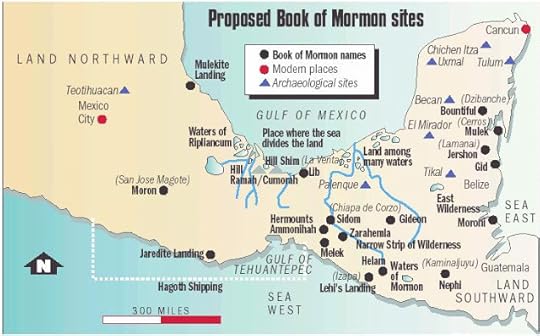 http://2.bp.blogspot.com/-KbQF7WZl-fo...
http://2.bp.blogspot.com/-KbQF7WZl-fo...What year was the first attempt at mapping the lands of the Book of Mormon?a. 1829b. 1871c. 1903d. 1932Yesterday’s answer:B A large spider she foundFrom the life of Howard Egan Jr. : After we moved out of the Fort to our new home, on the second lot south of the corner of First North and Main Street, in April, 1849, Mother had a little better time of it than before. We had a house built of adobes with a shingle roof. There was but one large room that was plastered side and ceiling, and a lumber floor that Mother used to mop every day. She took quite a pride in her white floor. It was in this house, June 13, 1851, that W. M. Egan was born. Here we could keep a pig and some poultry, which helped along very nicely, besides we were now able to keep a cow. Oh, we were just beginning to live fat, and we had our garden in. It was here that I saw the largest spider that I ever did in my life. Mother heard the chickens making a great fuss back of the house. She looked out of the back window and saw the chickens standing in a ring around a large spider. It was standing as high has possible with one leg raised, and striking at the hens when they ventured too close. Mother got a tin box about three by six inches, and one and a half inches deep, laying this on the ground she drove the thing over the box. Where it stood its legs reached the ground each side of the box without touching it. Mother gave it a tap with a stick and it pulled its legs in as settled down in the box, which it nearly filled. Mother slid the cover on the box and set it in the window and when she went to let a visitor see it, found that the sun, shining on the box, had killed the spider. Its body was about the size of a silver quarter. Mother pinned it to a board with a needle and kept it for a long time for people to see. Major Howard Egan, Pioneering the West (Howard Egan Estate: Richmond, Utah, 1917), 148-149.
Published on September 15, 2019 03:30
September 14, 2019
Pinning it to the Wall
 https://st.depositphotos.com/1164721/...
https://st.depositphotos.com/1164721/...Shortly after the Egan family moved from the fort in Salt Lake City into their new home, Sister Egan pinned what to the wall?a. The blue ribbon she won at the state fairb. A large spider she foundc. The first dollar the family made in the valleyd. The Ten CommandmentsYesterday’s answer:D Latter-day SaintsFrom the life of Jean Rio Griffiths Baker describing the churches in New Orleans: The churches are magnificent buildings. By the by, any place of worship, but let it belong to any denomination it may, has a steeple, and is called a church. The Catholics have three churches surmounted with a large gilded cross, the Presbyterians have three (two of them splits from the first), the Baptist have four, the Episcopalians and Independents several each. Too, there are the Methodists, Lutherans and Swedish churches, so that the religions are as plentiful as can be wished. The poor despised sons of Africa have a little church to pry and praise the Lord in, too. It is only lately that their white masters have allowed them this privilege. The Mormons have six meeting rooms. They also have the use of the Concert Hall on Market Street on Sundays, which holds 3,000 persons. I could but feel amazed to see that spacious room filled to overflowing and the staircase and a lobby crowed with those who could not get inside. They have an orchestral band and a good choir, ten of whom are trebles.Women’s Voices-An Untold History of The Latter-day Saints 1830-1900 (Salt Lake City: Deseret Book Company, 1982), 216.
Published on September 14, 2019 03:30
September 13, 2019
Full to Overflowing
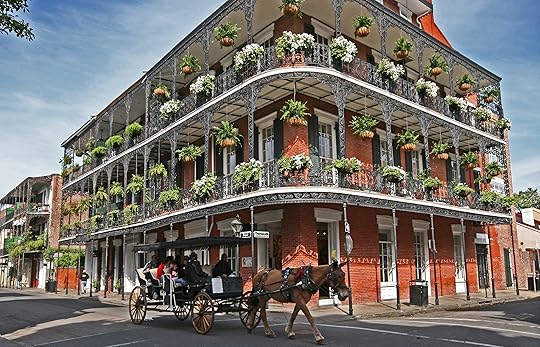 http://www.travelthruhistory.tv/ThruH...
http://www.travelthruhistory.tv/ThruH...While in New Orleans, Latter-day Saint, Jean Rio Griffiths Baker, stated that the 3000 seat concert hall on Market Street was full to overflowing with what?a. Slave traders and buyersb. Union organizersc. Jazz enthusiastd. Latter-day SaintsYesterday’s answer:D Leaving her familyFrom the life of Mary Ann Weston Maughan: The Company sent an agent to Bristol to charter a vessel. He found a good sailing ship that was going to Quebec for lumber and the captain would have berths put up in her for our accommodation. This was the best he could do, and it proved a success in the end. My nice furniture was made by my husband before our marriage. I have a knife box now that he made. It belonged to a long dresser with three shelves. These were filled with beautiful sets of dinner dishes of all kinds. Many of these I brought with me and some were sold, with my furniture. Carpenters and coopers tools and other things were sold at auction with Mr. Hill’s goods, and I realized money enough from my sale to pay my passage and board to Nauvoo. This was a very trying time for me. Every day I had to take leave of some dear friend that I never expected to see again in this world. The company was to start on Monday morning the fourth of May. Thus in three weeks I had settled up our business and was ready to start with them.The last and hardest trial was to take leave of my Father, Mother, Brothers, and Sisters. My dear good Mother was most brokenhearted to see me go but Father was more calm. I wondered at this for I was his favorite child. He asked me the name of the ship and when she would sail. I told him all particulars, thinking he would come and bring Mother, to see me at the last before we set sail. I took some books with me and in giving them to my Sisters said there are some books for you to read when I am far away and they never forgot those words. My two little sisters clung around my neck, saying we shall never see you again. I had not told them this for I knew the parting from them would be very hard. Little Jane wanted to come with me but this was impossible for she was only 8 years old. The next morning my youngest Brother, Charles, came to Turkey Hall to see me once more but we had gone and he was broken hearted. Oh the grief and sorrow of this time I can never forget, thus on the 4th of May 1841 I left all that was near and dear to me to travel some thousands of miles alone, and cast my lot with the people of God. We hired teams to take us to Gloucester and some of us started to walk a little way, when we came to the place where we would lose sight of Fathers house. I sat down and I might have stayed there if some of the company had not came back for me. I was sick and quite overcome with the grief and sorrow I had passed through in the last three months. Women’s Voices-An Untold History of The Latter-day Saints 1830-1900 (Salt Lake City: Deseret Book Company, 1982), 40-42.
Published on September 13, 2019 03:30
September 12, 2019
At the Time of Departure
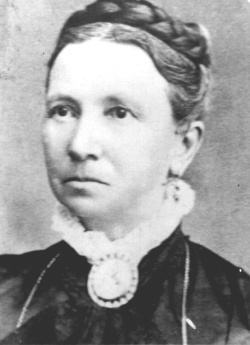 Mary Ann Weston Maughnhttp://www.geocities.ws/ksvedin/mary_...
Mary Ann Weston Maughnhttp://www.geocities.ws/ksvedin/mary_...At the time of departure, when Mary Ann Weston Maughn was about to board the ship bound for America and Nauvoo, what was her biggest trial?a. Saying goodbye to her husbandb. Leaving her belongingsc. Leaving Englandd. Leaving her familyYesterday’s answer:C JewsA Jewish visitor to Salt Lake in July 1861, Israel Joseph Benjamin, in writing about the Saints and the city stated: “There are five Israelites here. Two of these have become Mormons. [He probably was referring to Alexander Neibaur and either his son-in-law, Morris Rosenbaum, or to Levi Abrams who was known to the Mormons as Abraham the Jew.] The other three are merchants and are doing very well.” [The merchants he referred to were likely N. S. Ransohoff, Samuel H. Auerbach, and Samuel Kahn.] Chronicles of Courage, Lesson Committee (Salt Lake City: Talon Printing, 1997), 8: 242.
Published on September 12, 2019 03:30
September 11, 2019
Only Five in Salt Lake City
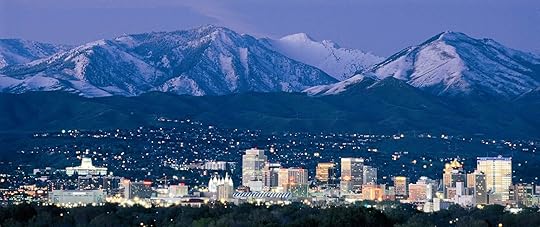 https://www.monaco-saltlakecity.com/i...
https://www.monaco-saltlakecity.com/i...In 1861, visitor Israel Joseph Benjamin stated that there were only five of these in Salt Lake City?a. LDS churchesb. Non-LDS churchesc. Jewsd. SynagoguesYesterday’s answer:A Her daughterFrom the life of Cecelia Harvey Taylor Driggs: Cecelia was born in Bing Creek, Harrison, West Virginia. Her parents, Johnathan Lewis Harvey and Sarah B. Harbert were devout converts to the Church of Jesus Christ of Latter-day Saints. Cecelia married Joseph B. Taylor on March 18, 1842, in Adams County, Illinois. Joseph’s patience was sorely tried by the persecutions the Saints were called to endure. He changed his attitude toward the Church and was determined to return to his people. Even though Cecelia loved him very much, she could not leave the Church. He was strong in his desire to take the children away so they would not be subjected to the hard and unsettled life of the Saints. Finally, it was agreed that he would take the little girl and Cecelia would keep the little boy who was younger and needed her more. She prayed for a way out of her dilemma. Although her heart longed for the companionship of her little girl, she allowed her to go with her father. Just as the family was about to leave for the Great Salt Lake Valley, she received word that her husband had gone on to California and that her little girl might be living with a stranger. Time was at a premium, but Cecelia could not go out West and leave Sarah Jane behind. Her parents were old and couldn’t make the trip West without her, so she mounted her horse and rode a distance of two hundred miles south. She found her daughter and rode back with her in time to join Captain Cook’s Wagon Train with her two children and her elderly parents. They arrived in Salt Lake in August, of 1850.Pioneer Women of Faith and Fortitude, Daughters of Utah Pioneers: (International Society Daughters of Utah Pioneers: 1998), 1: 844-845.
Published on September 11, 2019 03:30
September 10, 2019
That Which was Lost was Found
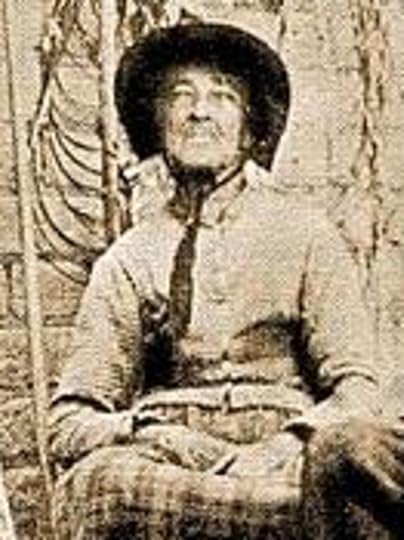 Ceclia Harvey Taylor Driggshttps://content.ldschurch.org/overlan...
Ceclia Harvey Taylor Driggshttps://content.ldschurch.org/overlan...When Cecelia Harvey Taylor Driggs first husband left her, he took something. Later, just prior to the Saints leaving Nauvoo for the Salt Lake Valley, she regained it. What was it she lost and then found?a. Her daughterb. Her testimonyc. Her bank accountd. An original copy of the Book of MormonYesterday’s answer:B President of all Elders QuorumsIn 1874, Brigham Young called Edward W. Davis to be the president of all the elders of the Church, a calling he retained until the death of Brigham Young in 1877. At that time this general authority position was abolished. Edward’s carpenter trade kept him busy, and he assisted in the finishing work in chapels and in the Salt Lake Tabernacle and the Salt Lake Temple. Pioneer Women of Faith and Fortitude, Daughters of Utah Pioneers: (International Society Daughters of Utah Pioneers: 1998), 1: 775.
Published on September 10, 2019 03:30



